Welding Services
At V&S Engineering, we offer professional welding services designed to meet the demands of various industries. Our expertise in precision welding ensures strong, durable, and high-quality metal structures for construction, automotive, aerospace, and manufacturing applications.
Understanding Welding and Its Importance
Welding is a fundamental process in metal fabrication, involving the application of heat to join metals. It ensures structural integrity, durability, and long-lasting performance. The effectiveness of welded structures depends on the correct welding technique, materials, and industry standards.
Key Applications of Welding in Various Fields
Welding plays a crucial role in multiple industries:
- Construction: Used to create strong foundations for buildings, bridges, and infrastructure.
- Automotive: Ensures vehicle frames and components maintain structural integrity.
- Aerospace: Produces lightweight yet durable aircraft parts.
- Manufacturing: Essential for assembling machinery, pipelines, and industrial equipment.
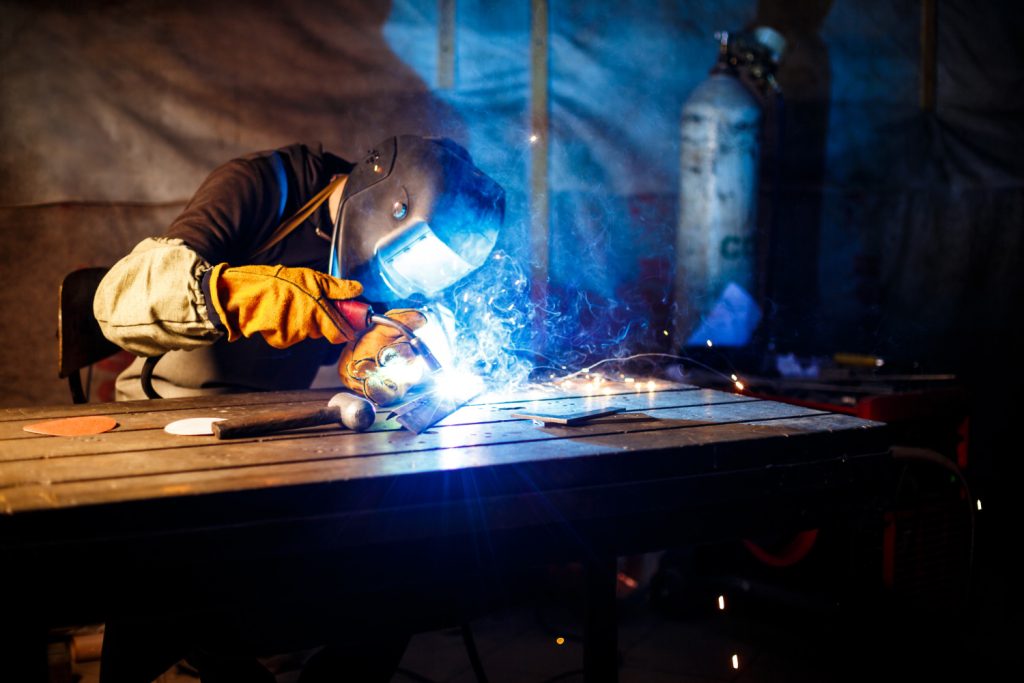
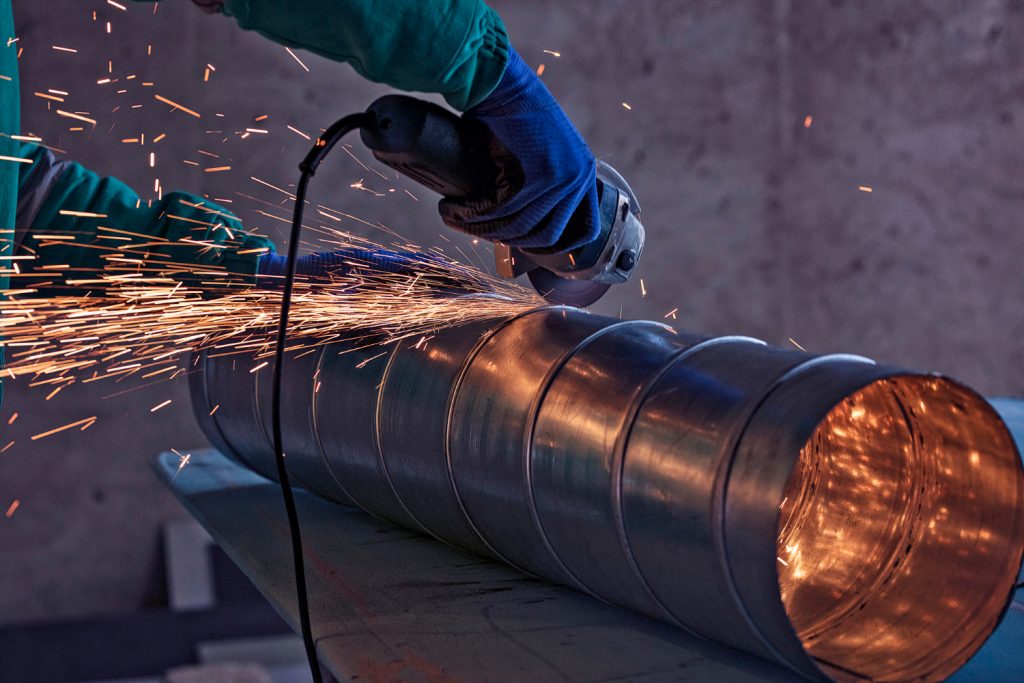
Types of Welding
Different welding methods cater to specific materials and applications:
- MIG (Metal Inert Gas) Welding: Fast, versatile, and ideal for production environments.
- TIG (Tungsten Inert Gas) Welding: Provides high precision, suitable for thin metals and intricate work.
- Stick Welding: Common in outdoor and heavy-duty applications due to its durability and ease of use.
Selecting the appropriate method depends on project requirements, material type, and desired finish.
Welding Supplies: What You Need
Successful welding projects require essential supplies, including:
- Welding Machines: MIG, TIG, and stick welding machines tailored for different applications.
- Electrodes & Filler Materials: Ensures strong bonding between metals.
- Shielding Gases: Prevents oxidation and contamination during welding.
- Accessories: Clamps, grinders, and brushes enhance efficiency and precision.
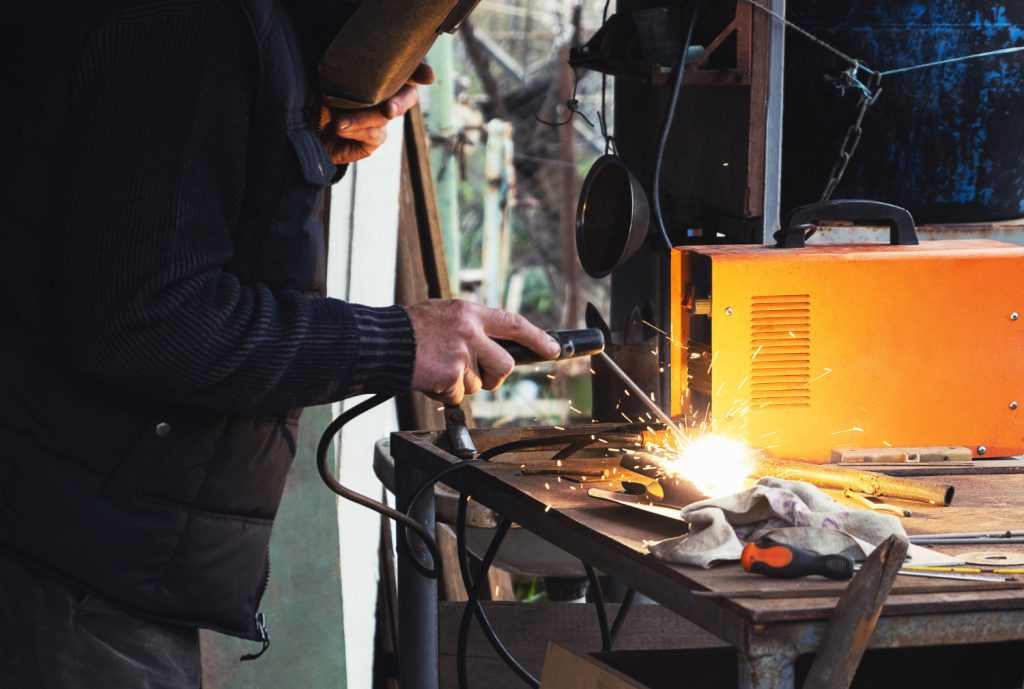
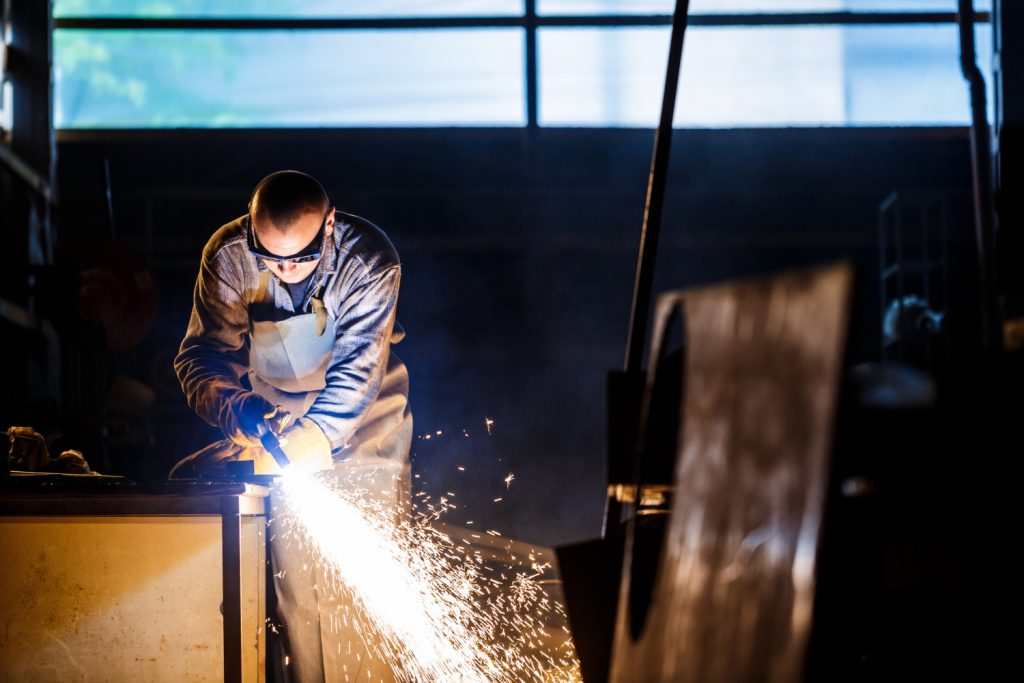
Personal Protective Equipment for Welders
Safety is paramount in welding. Essential personal protective equipment (PPE) includes:
- Welding Helmets: Protects against UV rays and sparks.
- Gloves & Protective Clothing: Prevents burns and injuries from heat and molten metal.
- Safety Goggles & Respirators: Shields eyes from intense light and filters harmful fumes.
Step-by-Step Guide to Basic Welding
Beginners can follow these basic welding steps:
- Set Up the Equipment: Choose the right welding machine and ensure safety measures.
- Prepare the Metal Surface: Clean and position materials properly for a strong bond.
- Adjust Voltage & Speed: Optimize settings based on the metal type and thickness.
- Practice Basic Joints: Start with simple welds before advancing to complex projects.
- Observe Safety Measures: Always use PPE and maintain a well-ventilated workspace.
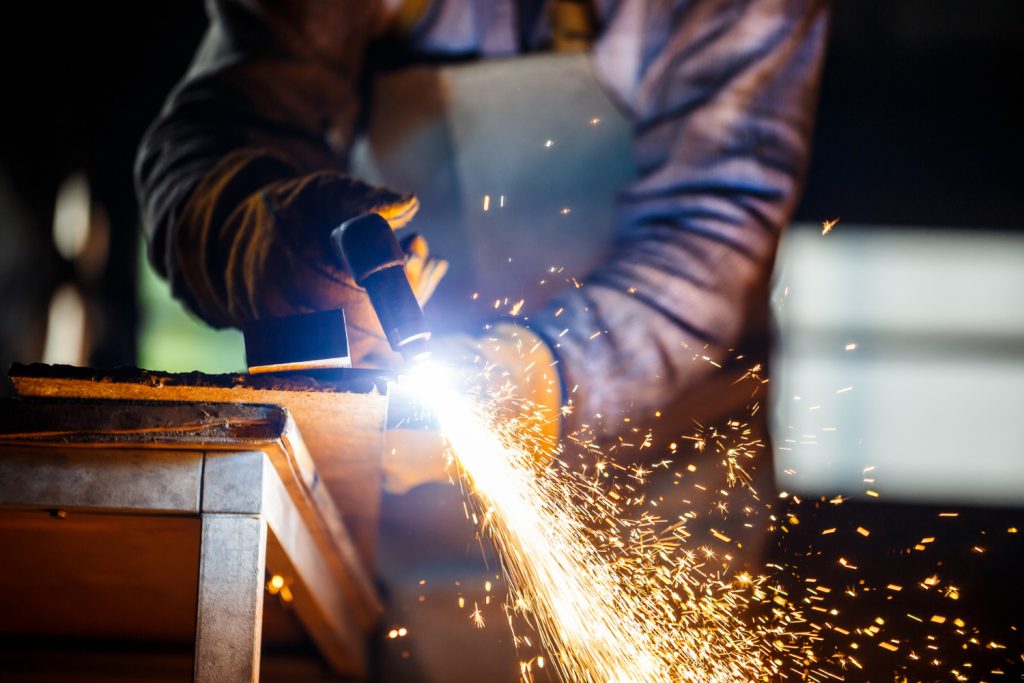
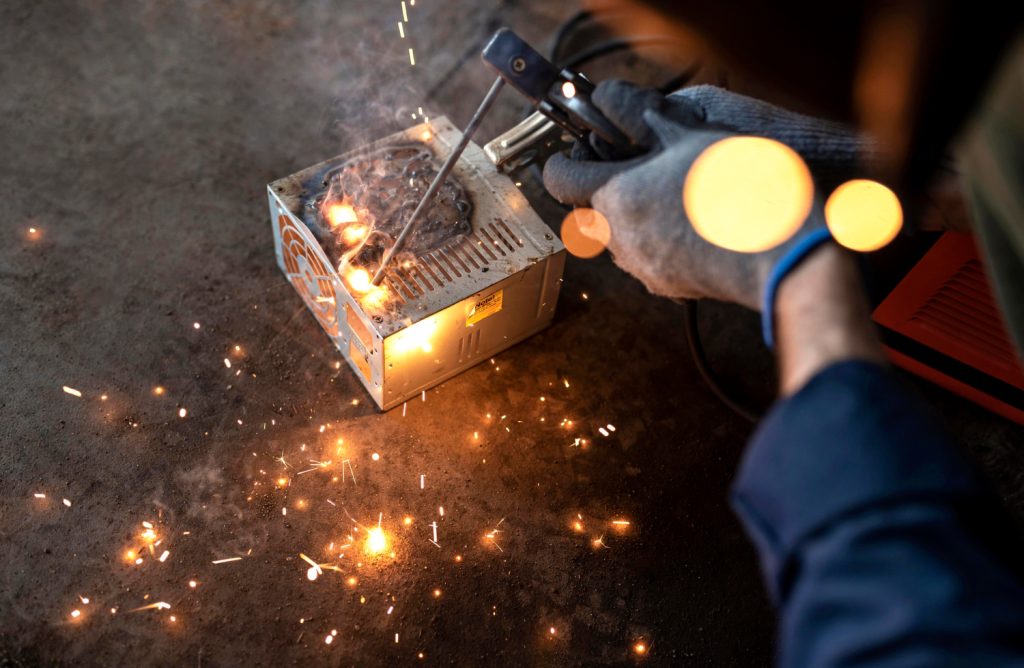
Metals Used in Welding: A Primer
Common metals used in welding include:
- Steel: The most widely welded metal, offering strength and durability.
- Aluminum: Requires precise heat control to prevent warping.
- Stainless Steel: Demands specialized techniques for corrosion resistance and strength.
Understanding material properties ensures optimal welding results.
Welding Standards and Certifications
Adhering to industry standards guarantees quality and safety. Welding certifications include:
- AWS (American Welding Society) Standards: Establishes best practices for professional welders.
- ISO Standards: Ensures compliance with global safety and quality regulations.
- Industry-Specific Requirements: Aerospace, automotive, and construction sectors may have additional regulations.
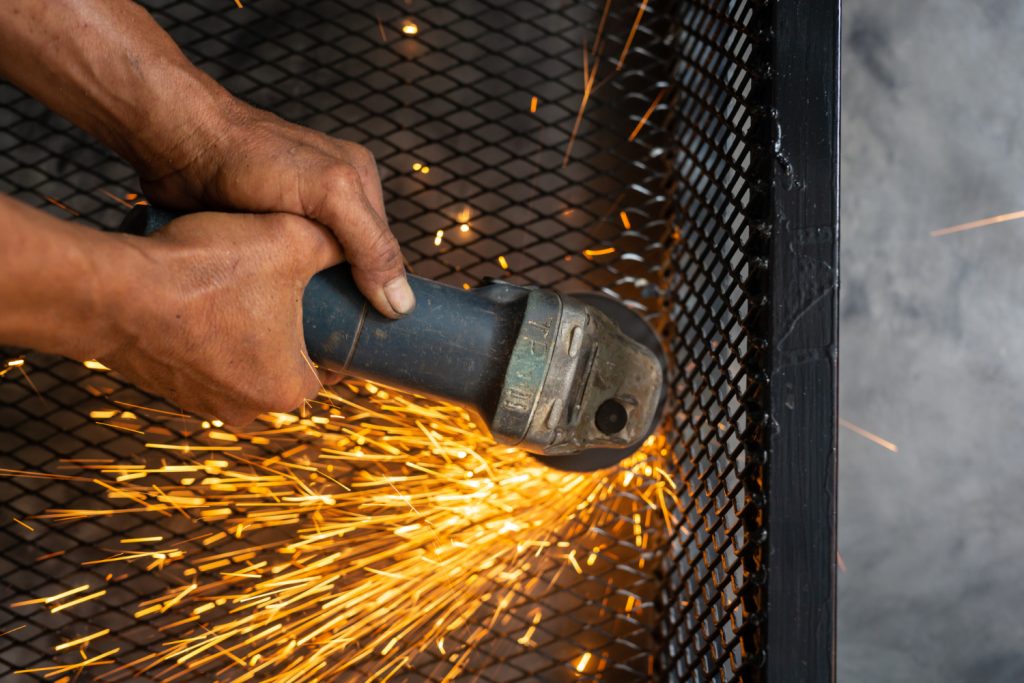
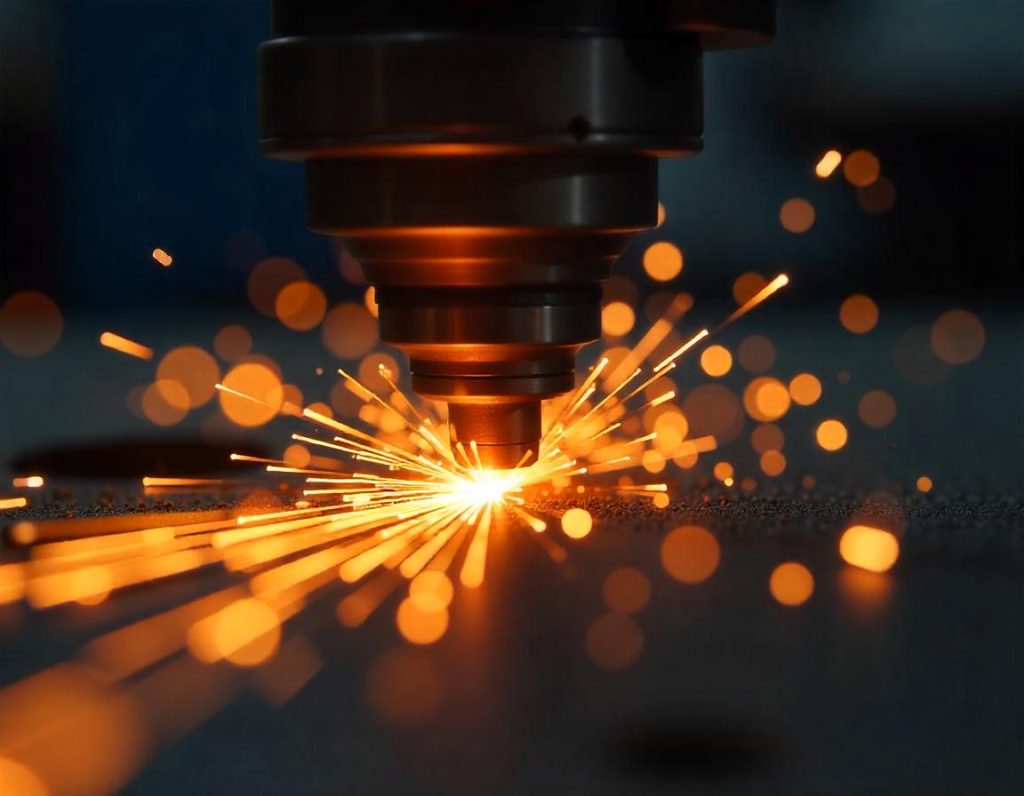
Troubleshooting Common Welding Problems
Common welding issues and solutions include:
- Porosity: Prevented by ensuring proper shielding gas coverage.
- Cracks: Avoided by preheating materials and controlling cooling rates.
- Excessive Spatter: Minimized by adjusting voltage and technique.
Identifying and addressing these issues improves welding quality and reduces rework.
Innovations in Welding: What Lies Ahead
The future of welding includes advancements such as:
- Robotic Welding: Enhancing precision and efficiency in high-volume manufacturing.
- Laser Welding: Allowing for ultra-precise, high-strength welds with minimal heat distortion.
- Smart Welding Systems: Integrating AI and real-time monitoring for better quality control.
Staying informed about new technologies ensures businesses remain competitive in the welding industry.
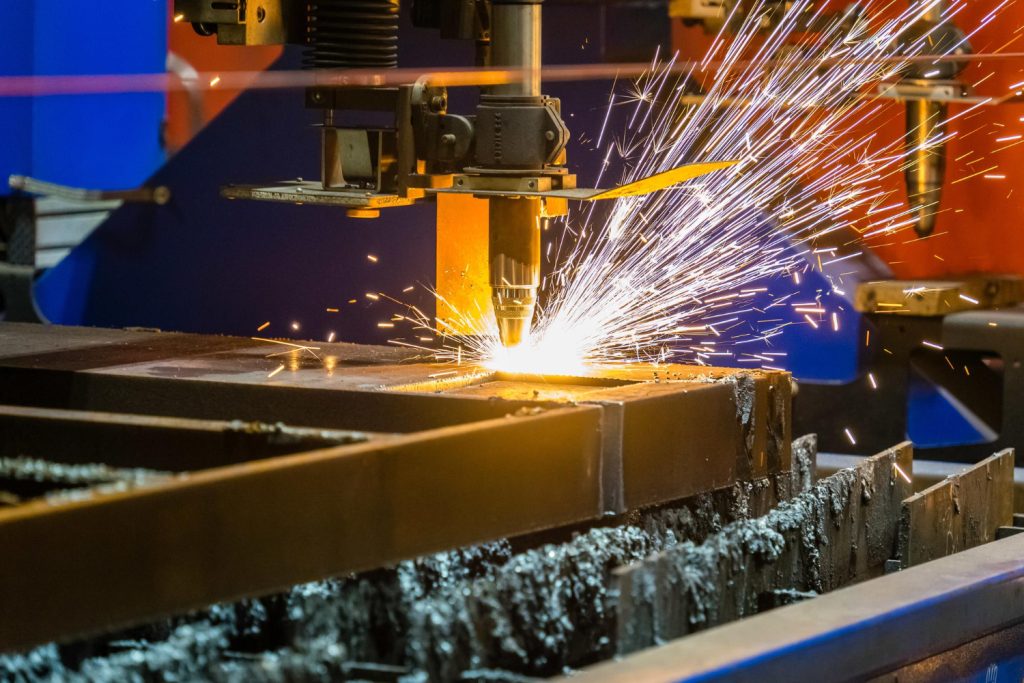
Why Choose V&S Engineering?
At V&S Engineering, we provide high-quality welding services backed by:
- Skilled and Certified Welders ensuring precision and compliance with industry standards.
- Advanced Welding Equipment for efficient and reliable results.
- Custom Solutions tailored to meet your specific project needs.
Contact us today to learn more about how our welding services can enhance your projects and ensure long-lasting durability.



